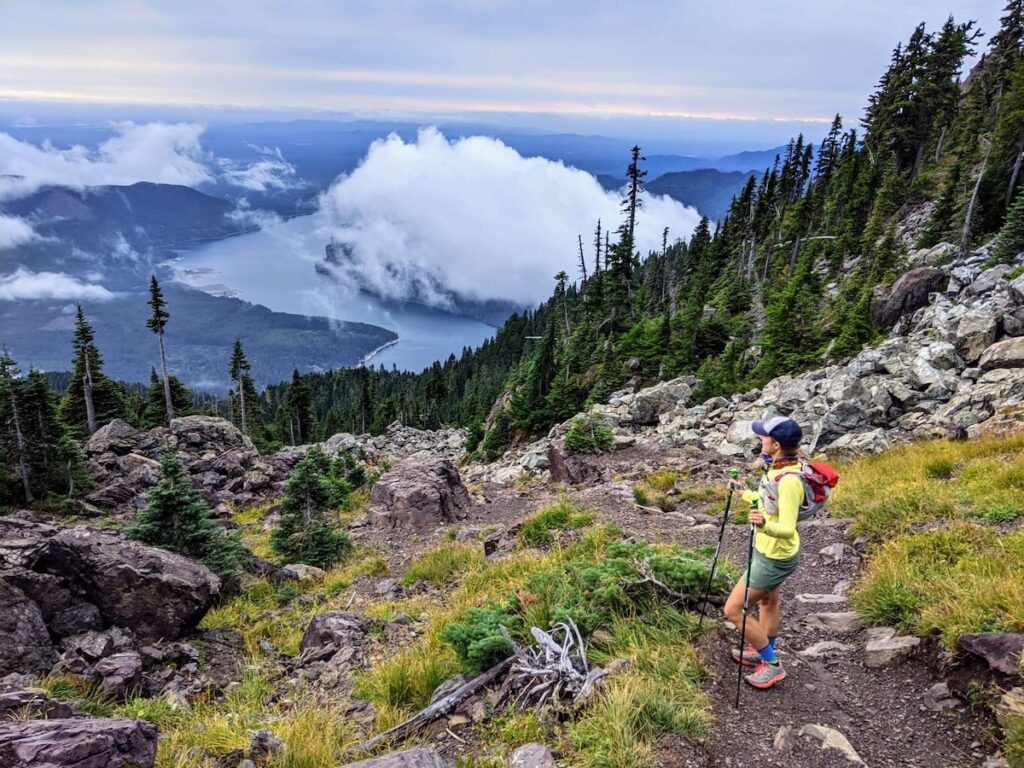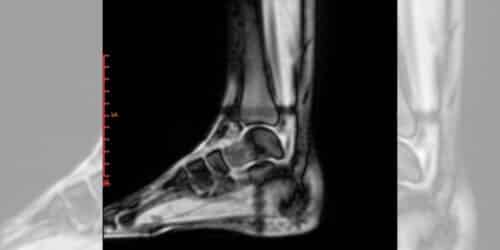Mt. Ellinor ascent at sunrise with Lake Cushman below – Olympic National Forest
In the summer of 2020, it seemed no one on earth really knew what was going on. We all sensed the uncertainty and plot-twists that lurked around every corner and knew that our lives would be forever changed. The world became a nearly unrecognizable place, and yet, when I look back on that summer, I remember it as the last time I went for a run.
I had spent a glorious summertime basking in my local playground – the Olympic Peninsula. Each weekend, alone, or with a companion or three, I reveled in a meticulously curated route or took chatty laps around our local trail system. I celebrated many a sunrise and sunset from jagged ridgelines. I hijacked runs for hours to forage when the goodies of the forest were most abundant, thus turning our designated long runs into unholy power zone workout abominations. I communed with the creatures who graciously allow us feeble humans to share in their forests and peaks, once stumbling into a herd of elk that I could smell before I could see. I saw black bear spending a summer morning splashing in an alpine tarn. My companions and I whiled away our weekend days together on the trails – our “oohs” and “ahs” over the natural beauty punctuated with jokes, making sense of our changing lives, sharing our insights about careers, pet care, and parenting, and dwelling excessively on food. This all came to a grinding halt at the end of the summer when half of a mile into a solo shakeout run down our road, a sharp and sudden pain electrified my left patella. It took my breath away, but as a long-distance trail runner I am no stranger to the tweaks that come and go. I steel myself to run through the sensation, but it magnifies exponentially over the next 50 feet, and I barely manage to limp home.
Deep in my heart, I know that this is “the big one.” What follows over the next few months would be an orchestra of denial – truly a masterpiece for the ages.
My social life grinds to a screeching halt as I decline invites and cancel scheduled runs to let my knee rest “out of an abundance of caution.” Without a medium to connect with my friends, and without a means for physical release, my carefree and giddy spirit morphs into tension and depression. The daily demands of my life as a mother, homesteader, and bartender simply cause my knee to buckle under pressure. I can no longer stand comfortably for longer than 15 minutes, much less carry my children, bags of feed for my animals, or bend down to care for my garden. My ability to exercise descends rapidly into the realm of impossibility. My knee buckles alarmingly less than 5 minutes into casual walks. Planks, lunges, squats, pilates, and yoga all produce the same searing pain I’d experienced on my run. A gentle stationary bike ride on a borrowed setup is my only means of elevating my heart rate enough for meaningful exercise, until a kind friend’s husband unknowingly allowed me to borrow his bike. I even attempt open-water swimming in December, desperately trying to chase that endorphin high that I’ve only ever been to obtain from running.
In my decades-long quest to evade the marvels of modern medicine, I resort to any alternative treatment I can access – stretching, acupuncture, massage, hot therapy, cold therapy, CBD cream, ibuprofen cream, salt baths, ice baths, support wraps and living in a compression sleeve. I consult with experienced runner friends with varying levels of knowledge of knee mechanics, and we formulate multiple theories of what might be ailing me. The only reward I receive for my borderline theatrical efforts is temporary pain relief and a head full of mysteries.
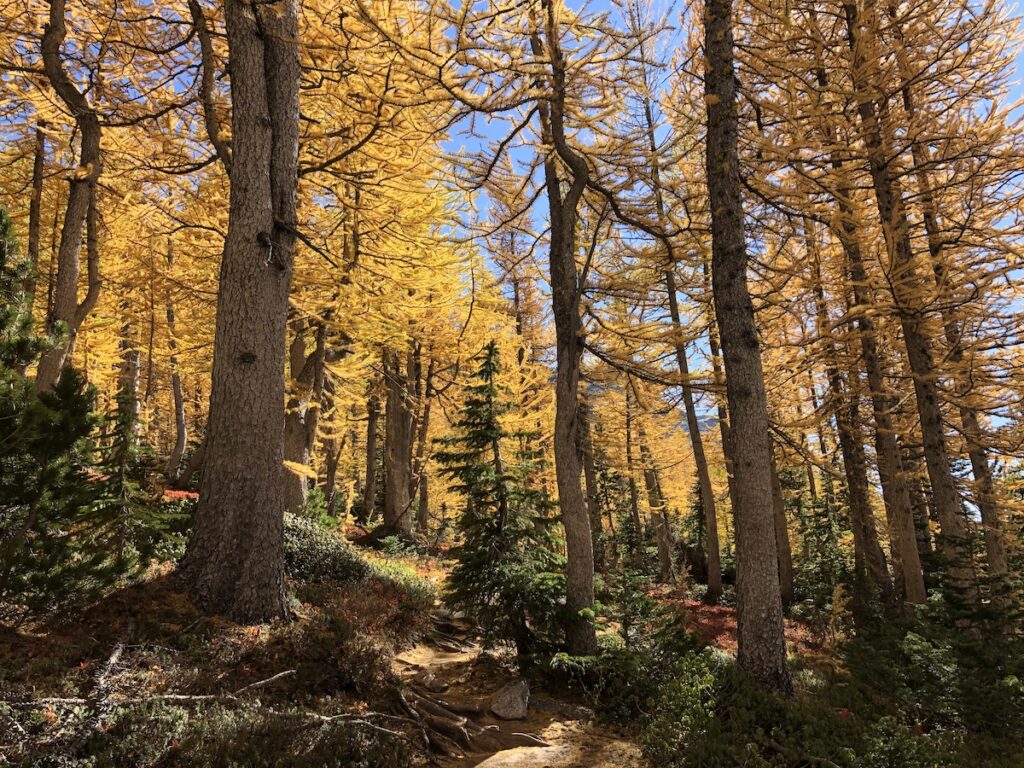
I continue this excruciating song-and-dance for six weird months, until there is a sign I can no longer deny. My left leg, particularly quadricep and glute, has atrophied visibly. I finally take my husband’s irritatingly reasonable advice to see my doctor. A series of doctors’ appointments and insurance hurdles follow over the next several weeks, but the process is moving along as expected. After ordering the requisite series of imaging, my GP refers me to an Orthopedist for a referral. I sense the doctors feel bad for me, but I can tell they are vaguely impressed (or maybe perplexed) that I have evaded them for this long. I feel a little bad ass about it, and perhaps a little stupid – the first time I’ve felt like a trail runner in several months!
My cool young Orthopedist, who himself has endured multiple knee surgeries, gives it to me straight. First the good news – no stress fractures, all tendons and meniscus are beautiful and healthy. Then the bad news – I have a significant (5mm) spot of focal cartilage loss on the back of my patella and quite a bit of loose tissue floating around in my knee joint. Then the worst news of all – because of the location and amount of the cartilage loss and the type of cartilage, a complete repair would not be possible. After a thorough and educational discussion of treatment options, we agree the clear choice would be a procedure called microfracture, where the surgeon drills into the back of the patella to release marrow, which should hopefully generate scar/fibroid cartilage. The new cartilage won’t be as smooth or durable as the hyaline cartilage that I lost, and I will have to treat it with care. Long-distance running is out the window, but maybe someday I can run a relaxed 10k distance one day in the future, though it is inadvisable for running to be my sport of choice any longer. The cartilage just won’t be durable enough to endure the wear and tear that comes with high mileage running. Weeks later we go through with the surgery, which also includes a lateral release and removal of about a large marble size of free-floating and loose cartilage.
Post-surgery recovery was isolating and dark. The joint pain and stiffness dominated every movement I made, and my left leg continued to waste even more. Physical therapy exercises that should have been simple for someone of my age and fitness level felt impossible because of how long I’d let the injury go without treatment. Still, I was relieved to have the surgery over, and felt hope going into the next summer season. A slow 10k by fall, I told myself! And that, my friends, is when I became unexpectedly pregnant with our third daughter.
At my 8-week post-op appointment, I sheepishly confided to my surgeon that I was pregnant. We both knew what that meant for my recovery. Between the weight gain and relaxing, which softens tendons and soft tissue, my track back to running would be significantly delayed. This is not to mention the aches and pains that any pregnancy can bring. Breastfeeding, my surgeon reminded me, would prolong relaxing’s presence in my body, and exacerbate that delay. We mutually decided that low-impact exercise would be the only way forward until my baby, who was not yet even 5 weeks in utero, was done breastfeeding. I did the math. If all went to plan, I could perhaps go for a casual run with a friend again in March 2023. I was conflicted – I wanted to be happy about my pregnancy, but the timeline was devastating.
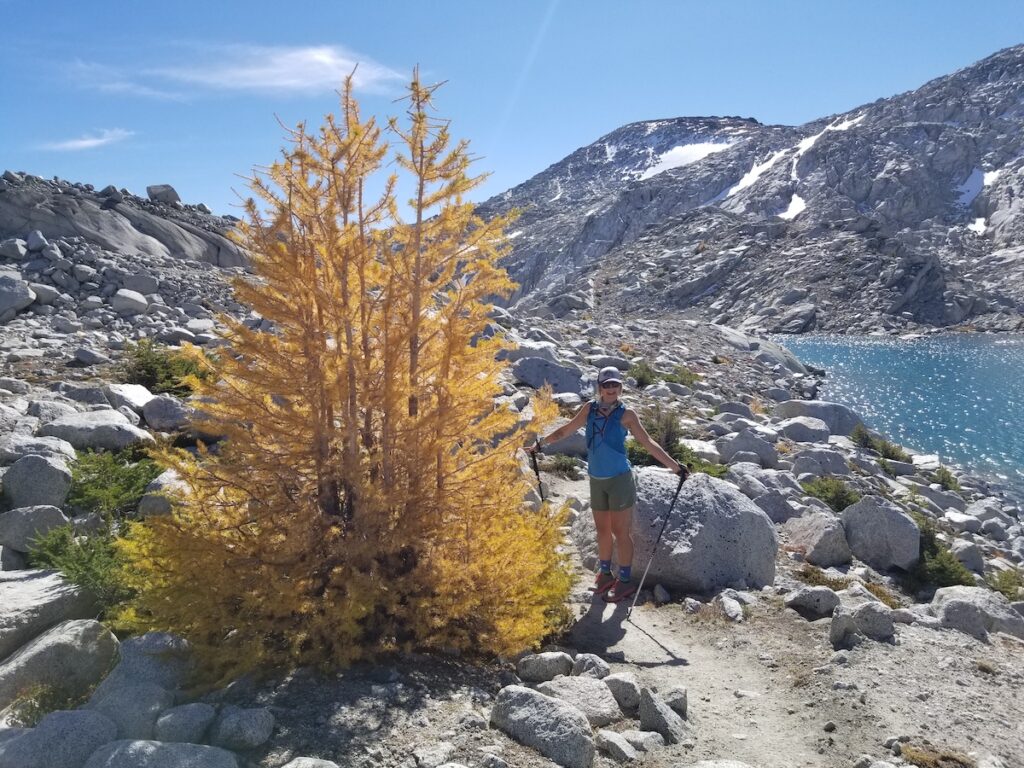
Married to my stationary bike for 9 months, I was left with ample opportunity to reflect on my situation. Between the pregnancy symptoms and the still-painful knee, I had never felt more physically limited. In contrast to the free-spirited jaunts that had permeated the last summer and the strong and swift body that had carried me through them, I hardly recognized my body or even my own life. I watched my friends spend another summer adventuring, and another winter skiing. I missed my trail companions, and I missed the scenery and fresh air, but I was happy for them. If I couldn’t get out there, at least someone else could. I knew had to get to the business of accepting the painful truth – that I needed to get used to being left out. It was going to be a couple of years before I could participate in the activities I loved.
So, I set about my search for something to fill the hole that running left in my heart and ran into wall after wall. Due to the physical limitations (and time constraints!) I would be experiencing continually for the next couple of years, throwing myself wholeheartedly into a new sport was not a viable option. The stationary bike would not be a suitable replacement, either – running was never solely about the fitness aspect. I needed to be outdoors, indulging in nature’s splendor. I needed a community, I needed an identity, and a sense of accomplishment. Running was a completed puzzle that contained all those pieces, but perhaps other hobbies could come together to make the puzzle complete again.
The hardest thing to replace is community. I had forged some true friendships on the trails, all with running at the center. What was to become of those friendships now that the foundation they were built on was pulled out from underneath me? Can I be a “real” part of the community if I am not running? As someone who may never run again, when do I have to stop identifying myself as a runner? Heck, my Instagram handle is see_kait__run. Is it weird if I don’t change it?
I don’t see my running friends on a regular basis anymore, since they spend a lot of their free time running, and that is something that I can’t take personally. I would be spending most of my free time running, too, if I still could! There are some that I haven’t seen at all since I’ve been injured, though we still talk. There are some that I’ve found we didn’t have much to talk about aside from running. There are a precious few that have met me for walks when I was at my slowest and most broken, and a couple lifelong friendships that could never be compromised by something as petty as a nonfunctioning body part. My first experience volunteering at a race after my surgery, I felt incredibly sad, but I still felt community. I still had much more to learn about adapting to my new reality.
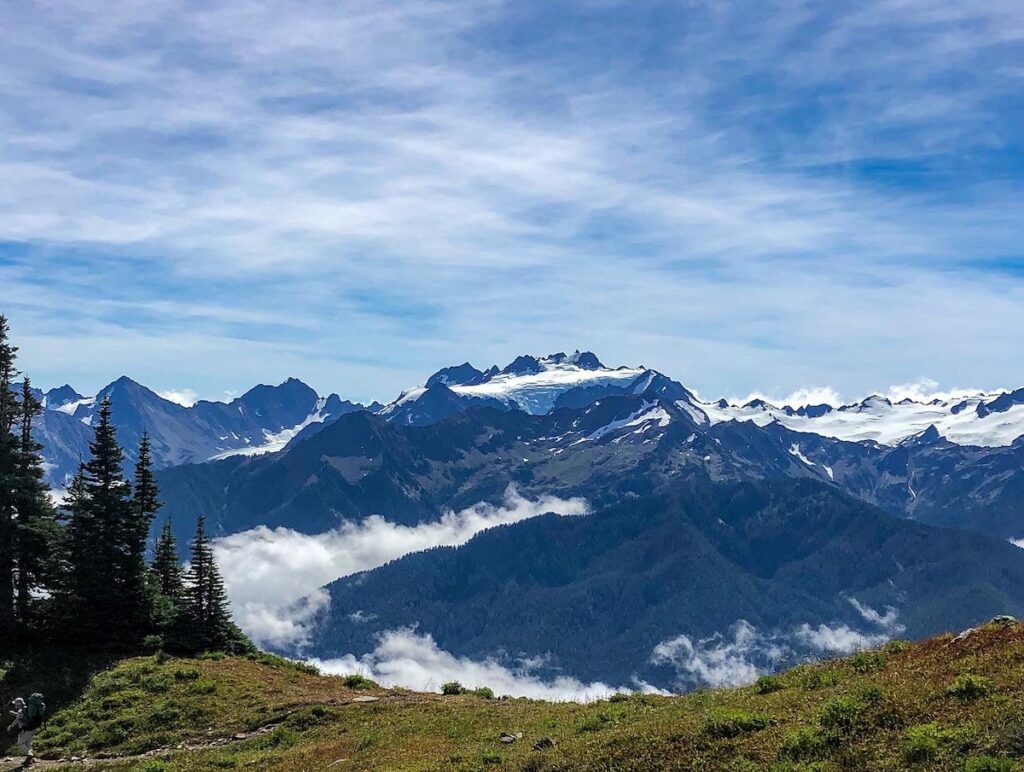
I found that gardening at my home is a wonderful way for me to experience the beauty of nature in my own environment. With my knee healed and slightly more mobile, I was able to cultivate the most wonderful garden I have ever grown. A previously diehard vegetable gardener, I never thought I’d have so much enjoyment from growing flowers or seeing all the visiting pollinators they attract. I’ve traded ridgelines and megafauna for blooms and bees, but I’m able to share these experiences with my children, who I’m constantly reminded will only be little for a fleeting moment.
These days, I’m still getting my exercise fix from my stationary bike, and the strength training classes included in its monthly subscription. Thanks to the convenience of this option, I’ve made great strides in my strength, which I feel has helped my recovery immensely. Sixteen months post-surgery my left quad is almost as strong as my right. My body is starting to feel limber and agile again, and while I miss running, I’m now genuinely grateful to be moving through my life comfortably.
It’s coming on fall now, and my favorite time on the trails. The Olympic peaks call to me from far away and above as I’m driving on the highway. I think of the crisp alpine air and the clear streams and the golden wild mushrooms that must be dotting the forest along the trail and it turns me wistful. I know I will revisit those places one day, likely on an overnight adventure. But in the present, in my life down below, the seasons still turn, and there is beauty and foraging to be done just out the back door.



